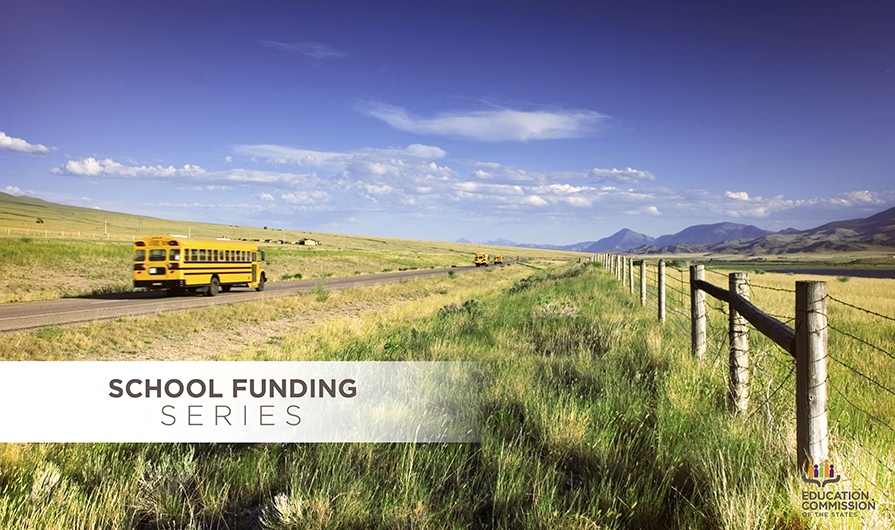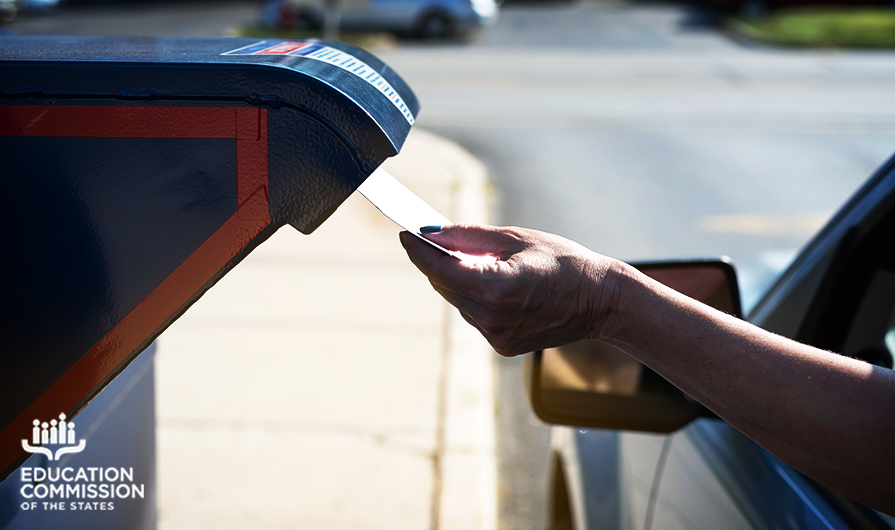All states have rural districts and schools and must contend with barriers that prevent equitable and adequate education for all. In fact, in 23 states, more than 20% of students attend a rural school. Research shows that rural schools face many of the same challenges as urban schools, albeit in a different context: High levels of poverty negatively affect property tax revenue, an educational achievement gap between racial and ethnic groups remains, and it’s difficult for schools to recruit and retain good teachers. Indeed, teachers are expected to do more with fewer resources in rural schools.
One way states attempt to address these challenges is by increasing the amount of money rural schools receive through funding formulas, specifically with small school size and isolated school funding adjustment policies. According to our recent 50-State Comparison on K-12 Funding, 29 states have a small size or isolated adjustment policy in statute.
Small and isolated schools
Statutory definitions for each policy vary state by state. Generally, small schools and districts refer to those with low enrollment numbers within a set range (under 100 students is a common threshold). While in many instances small schools are also isolated schools, not all isolated schools are necessarily small schools.
Isolated schools and districts indicate geographic isolation or a need for increased resources to provide an adequate and equitable education, compared with non-isolated schools and districts. States identify isolated schools and districts based on whether they meet one or more of the following factors:
- The distance between schools.
- The distance or time required for students to travel to their school.
- The population density of the area surrounding the school.
- The total geographic area of the school district.
- Whether geographic barriers are present.
Small school and district funding
Funding for small schools and districts depends on a state’s funding formula. Some states provide extra funds to schools below enrollment, while others use teacher-to-student ratios. For example, Alaska provides additional funding by allowing districts to increase their enrollment count. The amount of the adjustment to the enrollment count decreases as the school size increases, providing more funding for smaller schools. In South Dakota, additional funding for small schools is calculated by adjusting the target teacher ratio based on enrollment.
Isolated school funding
After states identify a school or district as isolated, they adjust the funding formula to allocate additional funds accordingly. They provide funding either on a sliding scale, based on the size of the school or district, or based on the budgetary discretion of the legislature. However, some state isolation funding adjustment policies cap additional funds for schools based on how large a school or district is. Arkansas, for instance, provides additional funding for isolated school districts that meet certain geographic and sparsity criteria but limit a district’s eligibility based on an enrollment threshold.
Click here if you missed the other blog posts in this series. If our team at Education Commission of the States can help as you work on your state’s K-12 education funding system, feel free to contact us.




















